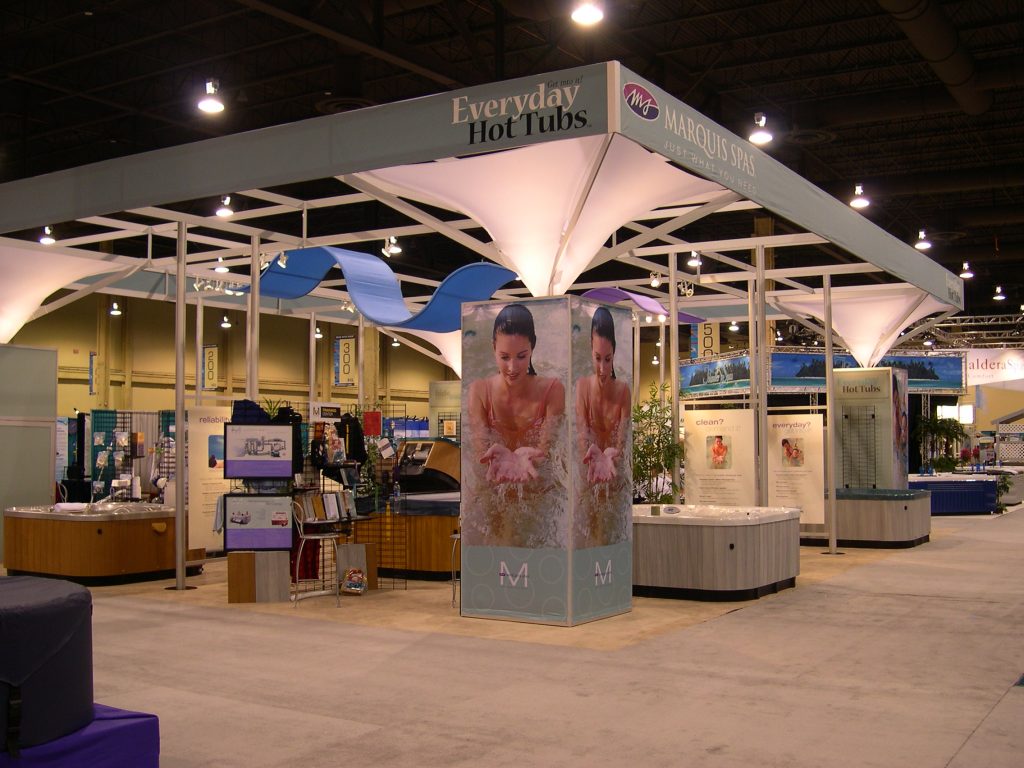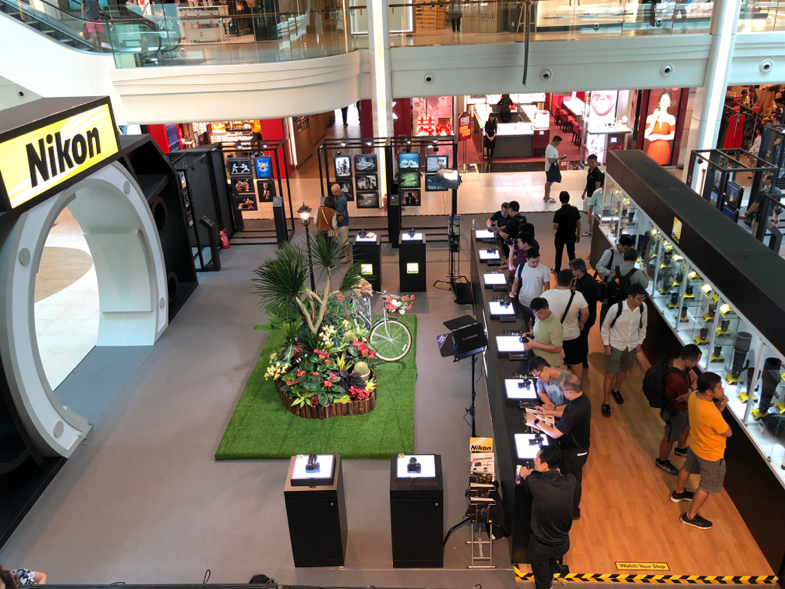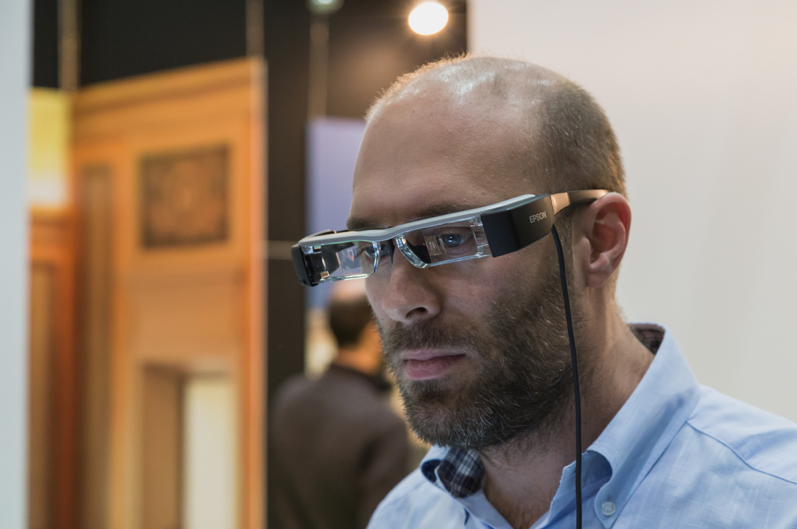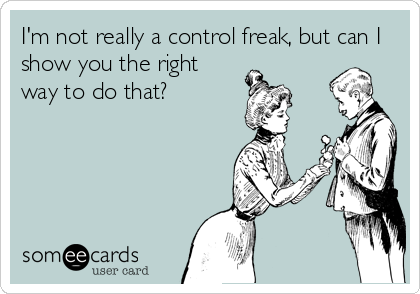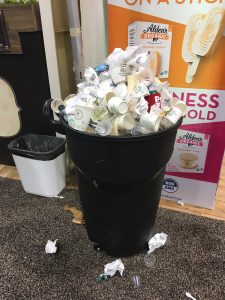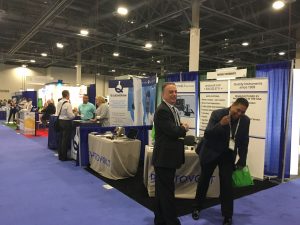There’s Always Another Tradeshow
When it comes to tradeshow exhibiting, is it wrong thing to think, “Well, there’s always next time!”?
Maybe your most recent tradeshow didn’t go as well as it could have. You didn’t meet all the people you had hoped to and didn’t bring home as many leads as you were thinking you should have. Your staff’s interactions with visitors weren’t as good as they could have been.
In other words, you’re thinking that it may have been a waste of time.
If you think that, spend some time to identify WHY it might have been a waste of time.
Was it the wrong show? Maybe your expectations of the show itself were unrealistic. The show organizers might not have been as clear as you’d have liked on the state of the show. They could have assumed more people would show up, but the audience just wasn’t there.
Was it the wrong audience? Each show has a specific audience. If the audience isn’t a good fit for your products or services, it could be that you didn’t assess the show well enough.
Was your booth staff lacking in training? A well-trained booth staff can lift you above mediocre or average expectations. After all, they’re the front line in your interactions with the attendees. If the staff hasn’t been properly trained on that interaction, your results will reflect that.
Were your products or services either “blah” or not properly represented in your market? Your competition may have similar products and services, but if you staff was not fully engaged and the presentation of your products was indistinct, or fuzzy, or unclear, you won’t catch attendees’ eyes. Was your exhibit not up to the task? An old or poorly designed exhibit might save you money to ship and set up, and put off another capital investment, but if it doesn’t look good, or have the functional elements that you need to properly execute your tradeshow, it’ll cost you money in the long run, not save you money.
On the other hand, if you’re saying “Well, there’s always another tradeshow” and you’re at least modestly pleased with the results, take a hard look at what worked and what didn’t. Maybe your booth staff was good but could be better. That’s a pretty easy fix.
Or maybe your exhibit is decent, and only needs a few minor upgrades to make it really good. Another easy fix.
Other things to look at: pre-show marketing, post-show follow-up, cutting costs for shipping or logistics, and so on. Individually, they may not have a big impact, but executing each element better than last time can have a cumulative impact that’s hard to ignore.
At the end of the show, when everybody has had a chance to review from their perspective what worked and what didn’t, and why, do a debrief. But don’t wait too long – do it the first or second day you’re back in the office. That will give a little time for reflection from all participants, but not so much time that they’ll forget important feedback.
Based on what comes out of that debrief, make decisions that will better prepare you for the next show. Because there’s always another tradeshow.


